Kirsty Joy Halliday, her husband Richard and their two children, who enjoy living near family in Ruakākā, where they appreciate being able to get out in nature and make the most of the surrounding area.


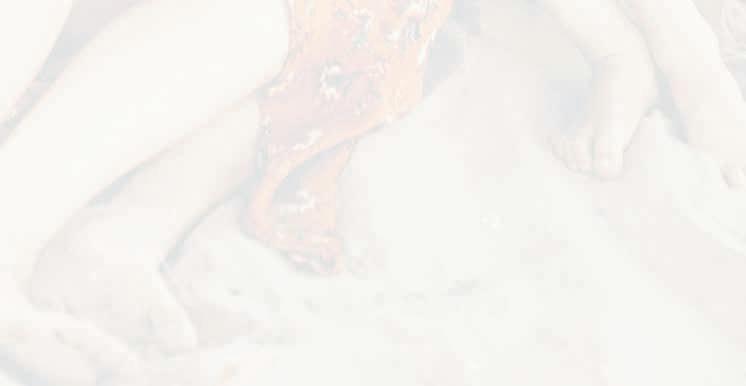
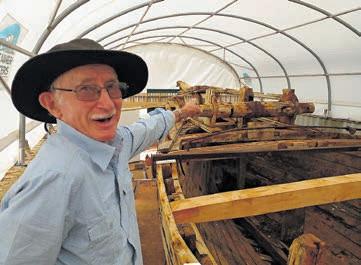

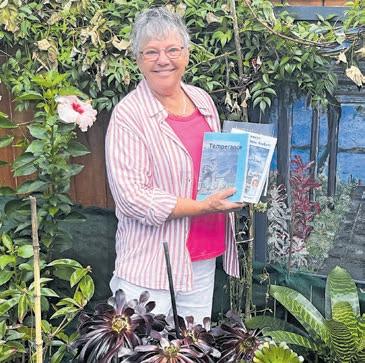












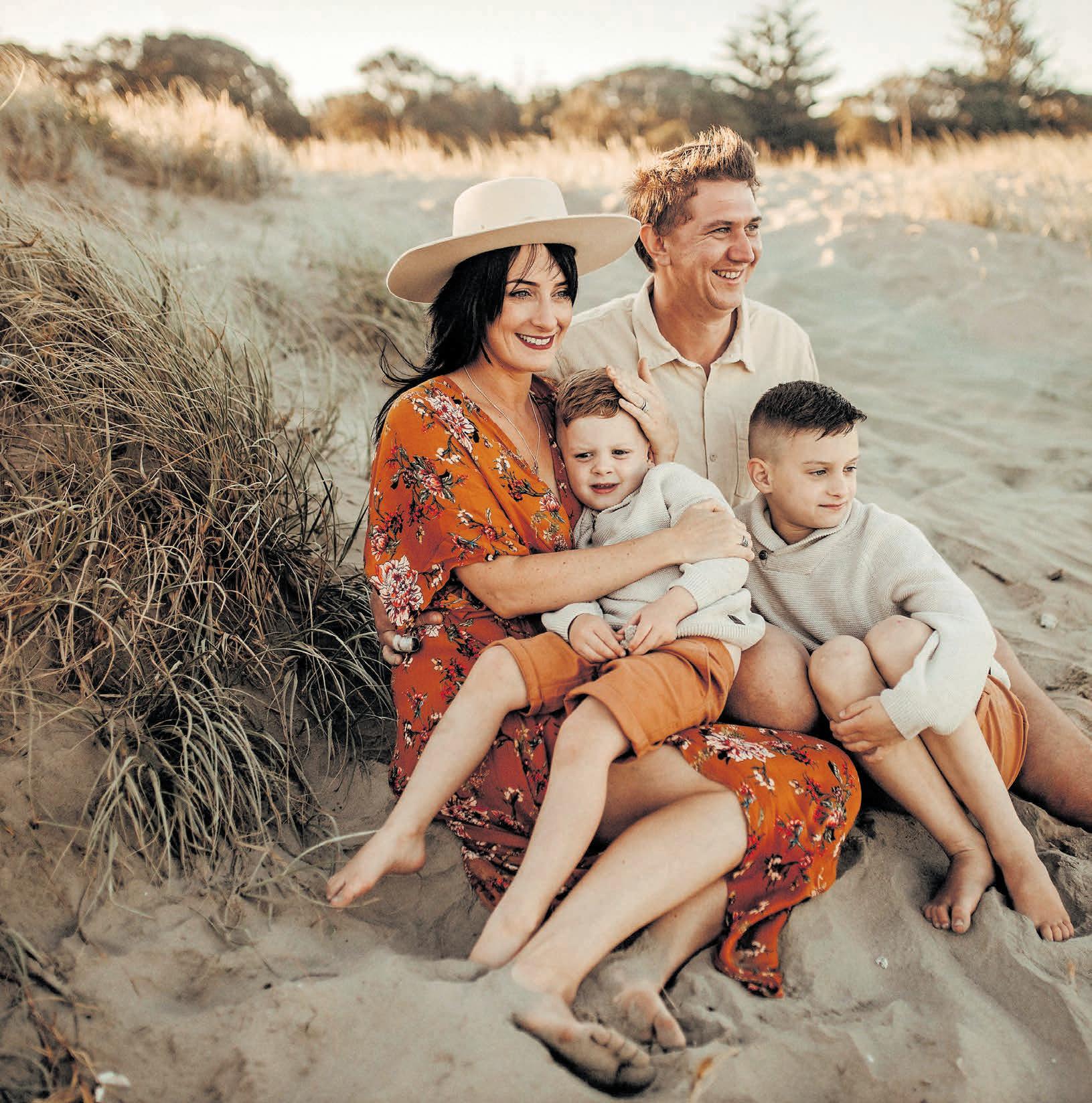

Kirsty Joy Halliday, her husband Richard and their two children, who enjoy living near family in Ruakākā, where they appreciate being able to get out in nature and make the most of the surrounding area.






















Rau and Maria Morgan were thanked for their years of local charity work. The couple, fondly referred to as Aunty Ma and Uncle Rau, retired from working at the Kaiwaka Food Bank, a charity they helped set up to ensure families in need have access to food. “Growing

up we had an open home, and always had children visiting,” said daughter Waimarie Ratu. “Mum and dad fed everyone who dropped in, that was just our life, and my two brothers and I expected nothing less.” ¢



When Denis and Robyn McCartain moved to Waipū after 40 years of living a woodturner’s life in Marua, near Hikurangi, the property was perfect for his woodturning talent. “I enjoy making all types of items. The natural edge bowls are beautiful. The top of the bowl is the
outside edge of the tree with the bark still attached.” said Denis. “When I use dry milled native timber. Woodturning is very similar to what potters and glass workers do, but wood is more eliminating with what you can do.”
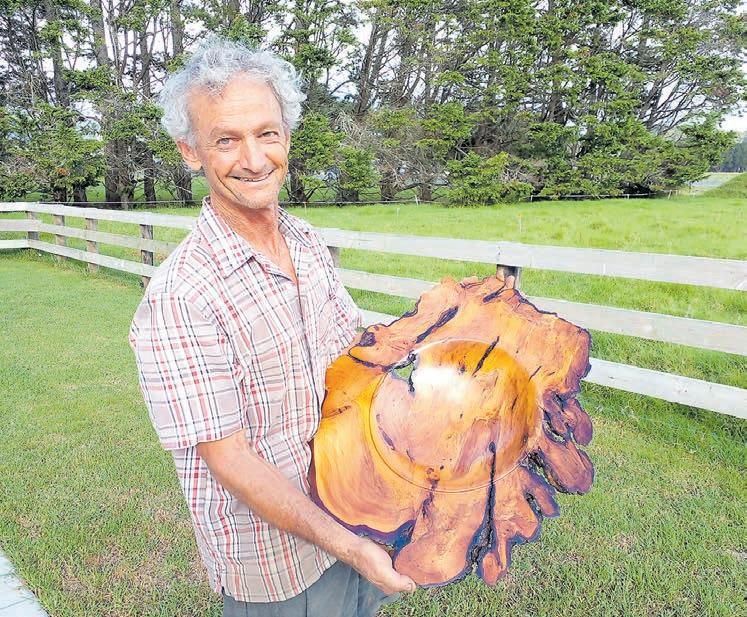
Chocolate













“In 2019, I decided to make chocolate my business. I mostly add roasted nuts and berries to the chocolate. The majority of the base chocolate I use comes from Belgian, and we also have our Epic brand coffee roastery.”
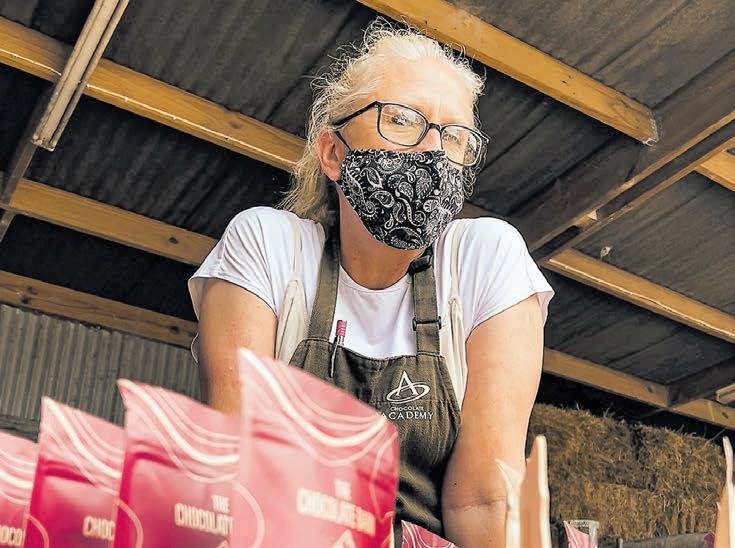
One Tree Point historical novel author Glennis Browne began researching her family tree in 1990. “I attended bible college in Whangārei to learn more about Christianity and started general writing,” said Glennis. “I then began researching my family history


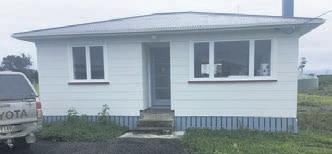

seriously and began writing historical novels based on the 1850s. The series, Journeys of the Fortune Seekers is about the plight of early settlers struggling to make a living gold mining, living very bitter-sweet lives. The stories are real-life circumstances faced by my family.” ¢





When Linda and Roger Peryer moved to Ruakākā from South Auckland, they brought Dragonsrest Ceramics with them. “A hairdresser friend invited me to do ceramics, and I was hooked, and I did every course I could,” says Linda. “I


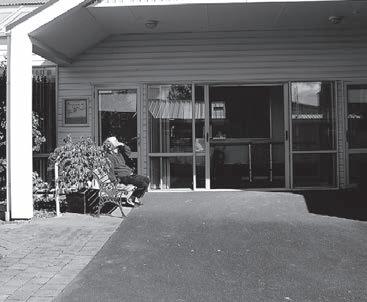
enjoy playing with colour and designs. Some pieces can take me three weeks to complete. There is a never-ending option for what you can make with ceramic. If you can think of it — you can probably do it.” ¢
Brian Baker travelled the world through his musical career but always felt Northland was his spiritual home and now creates his world-renowned music in Kaipara. Brian released his song Everywhere You Go last year. “In December 2020, my partner Kat and I

bought a beautiful property in Paparoa,” he said. “We set up a studio and called it The Bakery. Everywhere You Go is a song about missing your loved ones. I came up with it while missing my family when I was in managed isolation.” ¢
We are looking for caregivers to work in both the rest home and dementia unit settings. Training on the job will include working with the elderly in a home like environment, showering, medications, dressing/grooming, mealtimes, bed times, activities, toileting, cleaning, vegetable preparation, writing up client files and encouraging independence. We need reliable, honest staff that can work as part of a team. No vaccinations required. If this sounds like you, please send a CV to maungaturotoresthome@gmail.com or phone the Manager on 09 431 8696.

Sandy Davies continues to spend her time creating korowai and other Māori taonga from her home in Kaiwaka to share her aroha with others. “I grew up in Port Albert and was raised by my grandparents along with my five siblings,”

says Sandy. “When I was 20 years old, I met a kuia named Anne Tia. Anne asked if I would like to learn to weave and showed me how to with string, saying: ‘if you can weave with string, you can do it with harakeke, flax’.” ¢
Mangawhai Rotary Club member Grahame Carbery shared how he came up with the idea to teach children to sail. Grahame began sailing at nine years old and became one of New Zealand’s powerboat champions. “I looked out my window one day

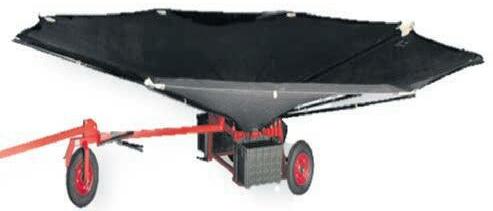












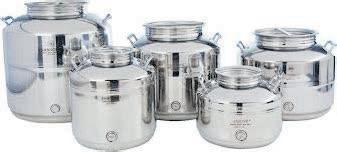

The team working on the Daring project made vast amounts of headway to preserve the historic vessel at the Mangawhai Museum grounds. “We are always impressed by the huge level of community enthusiasm and support for the Daring,” says Mangawhai Daring Trust chair Jim Wintle. “Everyone

and thought, children in sailboats are missing on the estuary,” said Grahame. “I took the idea to the Rotary Club, and we decided to get some boats and offer lessons. Sailing is extremely confidencebuilding, and as you grow older, it often becomes a lifetime passion.” ¢

involved has contributed in many ways with time, knowledge, hard graft and funding. Volunteer work on the vessel has progressed very well under the direction of trustee Dave Fredric, and his core team, Bert Sainsbury, Peter Joyce and Tony Heath, are enjoying the experience.” ¢

In the age of the perfect lawn, sometimes it’s nice to be adventurous and enjoy planting some colourful annuals and perennials to brighten things up.
The classic cottage garden look can fit into any setting. You don’t need a charming wee cottage to have longlasting colour to remove the uniformity of that green everywhere. No matter how small the space is, there’s always something to fill it up with. Besides, the bees and butterflies will love you for it.
Unlike the traditional orderly landscaping of architectural lowmaintenance shrubs, a cottage garden has no rules. It means you can do whatever you like with the available space and fill it up with as many plants as you can get your hands on.
Create your planting bed shapes by using a garden hose as a guide to creating serpentine curves and winding paths. Use a sharp spade to cut into the soil and create edges. Lay down generous amounts of cardboard and newspaper to give a weed-suppressing foundation for the new garden beds. Combine a few bags of good-quality compost and potting mix together and cover it well. The weight will keep the weeds down and provide an ongoing organically-rich nutrient source for the plants. The question is what to plant. That comes down to individual
preference rather than a set formula. Layering the plantings with tall in the centre or at the rear, if the planting bed is against a wall or fence. Reuse and recycle old pots, farm implements and even old boats to create something pleasing to the eye and a talking point for friends and family.
In the flowering plant range, most of which can be easily grown from seed at minimal cost, the choices are endless. Take the option of either choosing a cottage garden seed mix and sowing direct into the planting bed or buying young plants from your local nursery.
Suggested plants include alyssum, cosmos, delphinium, dahlia, foxgloves, cornflower, poppies, hollyhock, lavatera, stock, echinacea, salvia and achillea. Roses are another favourite. The best colours for a cottage garden theme are pink, white and purple. Look for old varieties with classic bloom forms and a climbing variety to grow over a rose arbour. Lavender provides year-round greenery and colour, especially in the winter months when annuals and roses are no longer flowering. Mix in with herbs such as borage, thyme, rosemary and basil. ¢

Musical composer David Mason added his childhood love of the Waipū estuary to his orchestral work last year. “My interest in music began at Bream Bay College,” says David. “My most recent project, Wāhi Ngaro, represents the Waipū Estuary. Wāhi Ngaro means hidden realm, world of gods and spirits, divine intervention and heavens. I chose the estuary because my family walk there and swim. I enjoy watching the birds, including oystercatchers and fairy terns. It is a personal soundscape and includes some of my heritage.” ¢
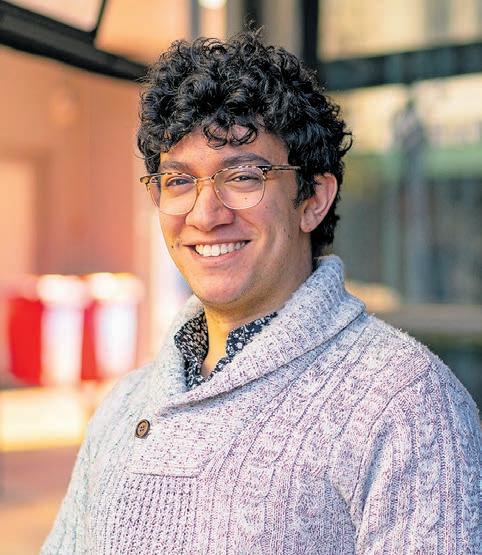
Angela Bird discovered the art of healing through kinesiology after moving to New Zealand from the UK six years ago. “During the last lockdown, my husband Ben and I decided to move north from Auckland and found a beautiful property in Waipū, and I opened my kinesiology clinic,” says Angela. “I discovered kinesiology when a friend thought it would help me after going through a very stressful time in early 2019. I found the experience and the effect of the balance made life really profound, and in many ways life-changing.” ¢

A boat builder and licensed builder by trade, Kevin Willcocks has been painting since primary school and continues his passion from Barrier View Gallery in Mangawhai. “I had a mate in school whose mother was an artist, and she was teaching him how to do oil paintings,” says Kevin. “I gained an interest, and then my uncle bought me a set of watercolour paints. He showed me how to use them, and my enjoyment in art took off. I love the freedom you have creating abstract work because it isn’t restrictive.” ¢
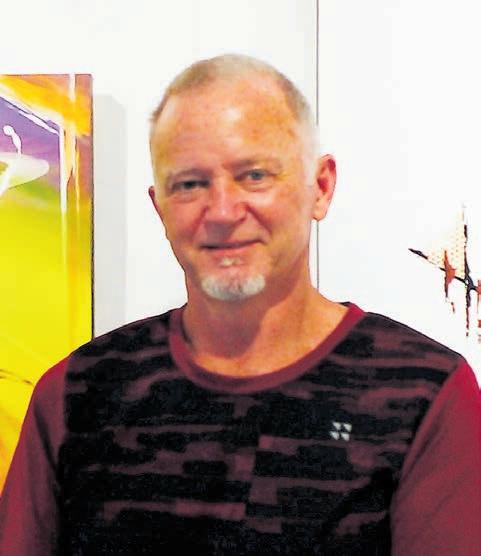
With a proven product designed and fabricated for the marine environment that is our front yard, we are a local business that specialises in building functional outdoor living spaces.



The amazing panels block out the UV and reduce the transfer of heat up to 40% without losing light into your living areas.

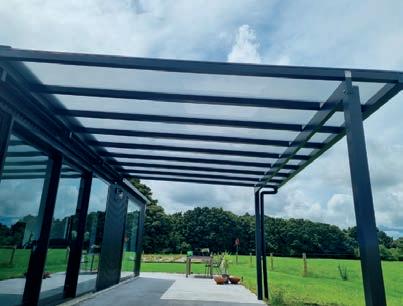



Add vertical glazing and/or blinds to further enhance your new space.
Based in Bream Bay, we cater to enquiries around Northland and have plenty of clients who are willing to showcase their structures to interested parties.
Get in touch, to find out how we can create a beautiful outdoor room at your place.





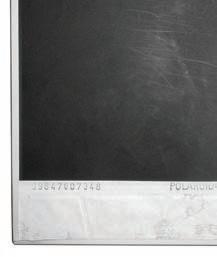
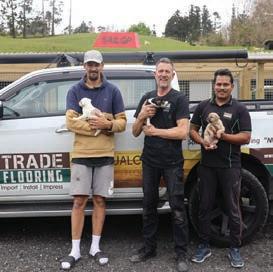
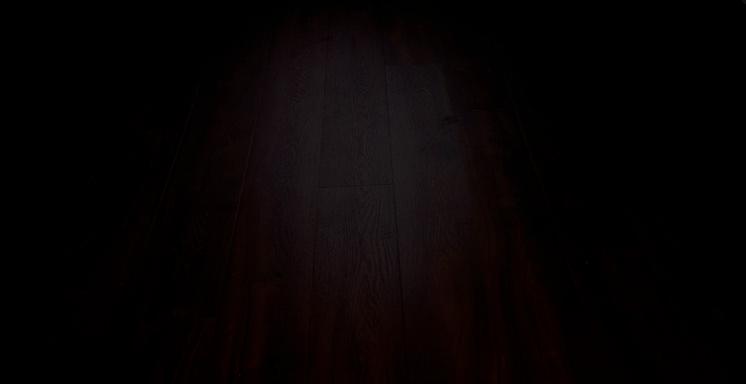





















The new year is here, and many of us are


After the largesse of Christmas and the holiday period, when eating too much, relaxing in the sun and enjoying a drink or two are the norm, we have a tendency to swerve directly into the moral opposite as soon as the calendar changes. Making resolutions which are noble-spirited but short-lived is part of our DNA, because the origins of a seasonal reformation go back at least 4,000 years.

down for the big festival celebrating the new year. It was a time when crops were to be planted, so ahead of a huge month of hard work, people were granted a festive party for 12 days.
It really was their favourite number. Leading up to the new year, a festival called Akitu represented the time of chaos before the gods calmed the universe down and established order. The victory of the gods was a chance for



In ancient Babylon, they didn’t buy themselves gym memberships or selfhelp books for the start of the year, which was their invention. Those ancient people of the middle east counted in lots of 12, using the three knuckle joints on each of their four fingers as a handy abacus. A 12-month year, the 12 signs of the zodiac and a 12-hour day all come from their culture.

So, too, does the earliest known brewery. So it’s no surprise that those Babylonian guys liked to let their hair
parades, picnics, dancing, singing and good times. On the first day of the new year, things went from party mode to pious contemplation. Statues of the gods who defeated chaos were paraded, and people made resolutions to be a better person in their name, thanking them for another year of life.

The more things change, the more they stay the same. We don’t pop open a cold one for Akitu in New Zealand. Still, the holiday is making a comeback


The more things change, the more they stay the same













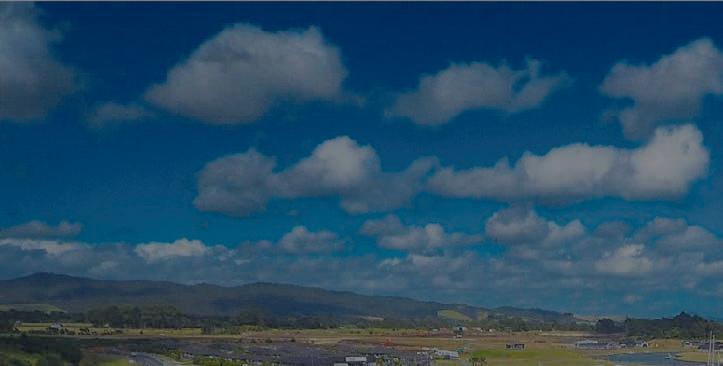






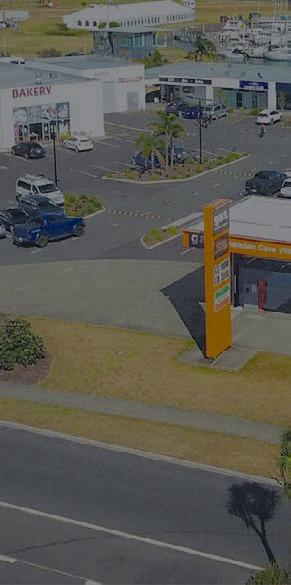










in parts of what was once Persia as people rediscover their old cultural heritage. Assyrian and Chaldean people worldwide have also reignited this tradition. A little piece of it lives on in the way we start each new year with a huge list of promises.
We perhaps shouldn’t read too much into the fact that when the Romans moved the start of the year to January, it became associated with Janus, their god of new beginnings. He’s often depicted as being two-faced. The calendar shift was to take the new year away from March 15, the famous Ides of March, which had bad connotations for the Roman emperors as the date when Julius Caesar was assassinated.
too, but then went on to roast the peacock anyway.
Cards with resolutions became popular in the 1800s and giving one to your mates served as a sort of fearsomely polite backhanded compliment. A reminder to ‘repel promptly every thought of discontent, anxiety, discouragement, impurity and self-seeking, instead cultivating cheerfulness’ was what we might today call ‘toxic positivity’.
Records from the time show that most people accepted the tradition in good humour, and some of the






While most of our modern new year’s resolutions don’t involve political backstabbing, the election is in November, after all, there’s still lots of historical evidence that people from those times, and right through the middle ages to the Victorian era, made similar promises to themselves and their loved ones. Mediaeval knights used to swear on a live pheasant or peacock that they would be more honourable, brave and loyal each new year. Some probably promised to eat healthier,
cards were getting satirical and even ‘not safe for work’ by the 1880s. One example carried a promise to ‘forget the address of the local bawdy house and seller of gin’, but then suggested that frequenting such establishments was ‘an act of good charity to those employed therein’.

These days our resolutions are likely to be made either as the bells chime for midnight and fireworks explode above or on the following morning in the grim light of a January 1 hangover. In either case, the wise have learned one thing not to do; post a solemn list of resolutions via video on social media. It just makes
things that much more embarrassing when it gets to August, and the Ab Flex 5000 machine is covered in a layer of dust.
For most of us, some positive goals are within reach, however, and those fired up with a spirit of accomplishment
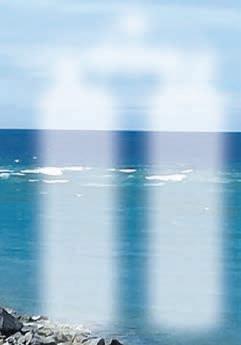

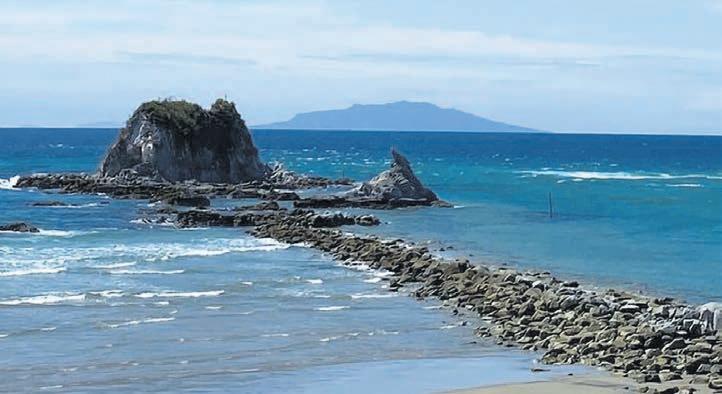
for the new year will find that they have kindred spirits among the local business community. While they are back on deck to help you achieve your repair, renovation and resolutionary aims, it’s certain that they have also resolved to make 2023 a fantastic year. ¢


Marta Dobrowolska-Mendak arrived from Poland with her husband Jarek in 2014, and now, based in Ruakākā, she enjoys sharing her baked delicacies through Pinenut Bakery. “In Poland, our cuisine is full of sourdough bread,” said Marta. “We have bakeries every

20 metres down the streets. I found it difficult to find bread I liked here in New Zealand and had to change our diet. When we moved to this area, we missed it, so we decided to bake our own.” ¢
Te Ārai farmer and president of the Molesworth Sheep Dog Trial Club, Scott McRae, and his heading dog Cory were part of the New Zealand Sheep Dog Trial Trans-Tasman Test Team that competed for the Wayleggo Cup in Australia.
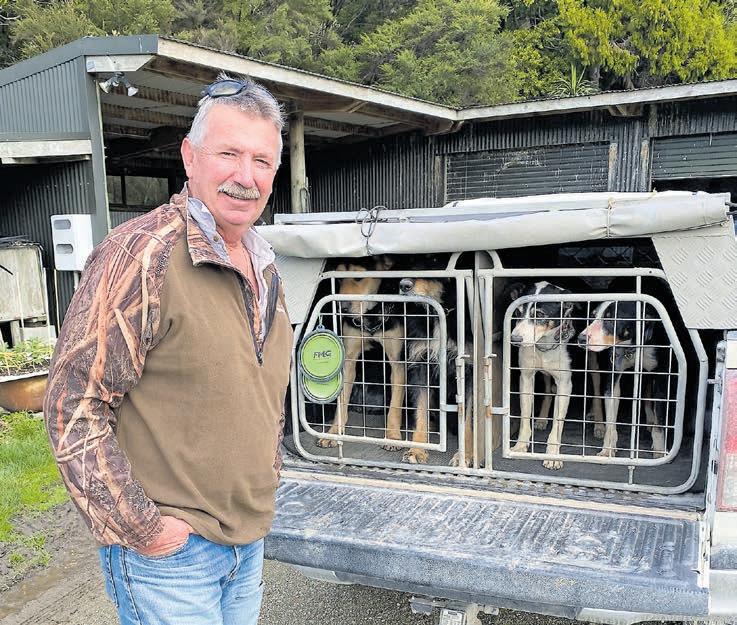
“Australia took the cup this time round,
but the experience was amazing,” said Scott. “It was an honour to compete, and it was certainly emotional standing there singing the national anthem hand on heart and being dressed up in our New Zealand blazers looking sharp.” ¢
Rachel Fountain established Kiwi Cubs Yoga to help mothers with newborn babies and toddlers to exercise together in Mangawhai. “During the first lockdown, I was in London and then relocated to Mangawhai and studied yoga on the

side while working,” said Rachel. “When I had my baby, I decided to get into yoga full-time, and I also have after-school programmes for school-age children from five years old through to teenagers. I want to help foster health and wellness for Kiwi children inside and out.” ¢
Waipū Cove Surf Life Saving Club rookie 13-year-old Ava Pullan dreams of one day being like her coach, Kath Manning, and help other young people into the surf life saving community. “I attend Bream Bay College,” says Ava. “I joined surf life saving with my
friends because we want to become lifeguards. It has really helped build my water confidence. The first time I went into the surf, I was really nervous, but one of the older lifeguards stuck by my side the whole time to make sure I was OK.” ¢

Hayden Tee shared the story of his career in make-up artistry and performing in musicals on the international stage. “I grew up in Maungatūroto,” said Hayden. “I moved to Australia and went to the National Institute of Dramatic Art drama school, where people like Russell Crowe

went and through theatre, began my career with make-up, which worked hand in hand. “I have a wonderful career and I am very grateful for the experiences I have had but am very excited to be home living a relaxed lifestyle with my whānau.” ¢
Waipū’s nine-year-old Leo Parkes told us how he grows seedlings with his parents, Andrew and Holly, to encourage other people to live healthy and sustainable lifestyles. “My mum, dad and I have a habit of growing things,” says Leo. “I thought we could


sell some seedlings to other people. I believe you should grow your own vegetables because it saves you money and time. If you have plants on your deck when they are ready, you walk out, pick the amount you need, and it’s very fresh.” ¢
Pet Refuge, the brainchild of Julie Chapman, founder and CEO of children’s charity KidsCan, celebrated its first anniversary in July last year. “Due to practicalities, people escaping family violence are usually unable to take their pets with them to safe

Avid fisherman Mike Knight began making On Top Lures in 2014 after a friend introduced him to a wooden type of lure while on a fishing trip.“I grew up in Waipū and spent many hours fishing with my dad from the beach,” says Mike. “I am a builder/carpenter by trade,
houses,” says Julie. “Sadly, I knew there would be a need for Pet Refuge when we opened the doors, but it is far greater than we ever could have imagined. For us, making sure pets are safe is a small part that we can play. The people that need our help — need our help fast.” ¢
and in 2014, a friend had a wooden lure that cost $200. Shocked at the price, I thought I could make something similar. My wife Rita and I make them by hand here in Waipū, and they are a hit.” ¢
Photographer Andy Bruce, the owner of Elevated Media, opened Elevate Gallery to display and offer the images he captures of nature in Mangawhai and surrounding areas for sale. “The Mangawhai area is the most incredible canvas, and I am constantly drawn to the beach and the estuary with my
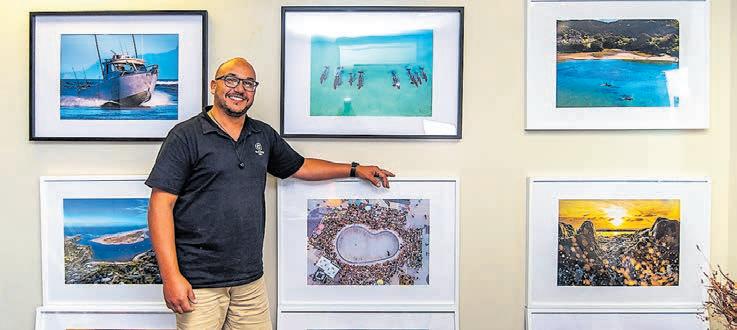

cameras,” says Andy. “Photography feels like therapy for me. I have been privileged to capture orcas, sharks, fairy terns and dolphins. I also capture stunning drone panoramas, made from up to 30 separate images stitched together, to capture the beautiful local landscapes.” ¢
Roger Turner began learning the bagpipes at eight years old and now shares his love for the instrument through the Warkworth and Wellsford Pipe Band. “My father wanted me to play the trumpet, but my heart was the bagpipes,” says Rodger. “I had
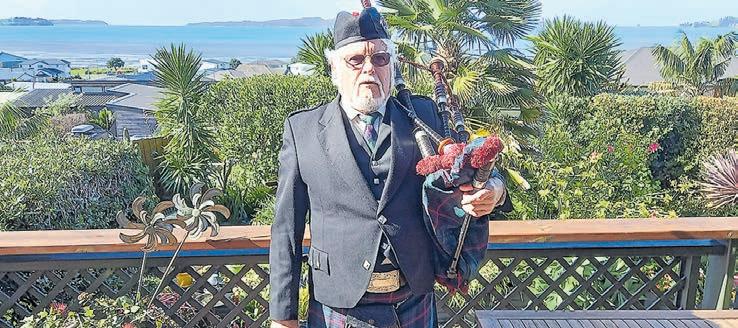
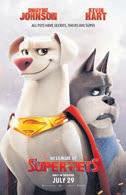



Mangawhai photographer Nina Gastriech was born in the small German town of Olpe and often travels around New Zealand with her camera. “I got into photography when I was four years old,” says Nina. “When I was 21, I brought my first reflex camera. I enjoy capturing


the mood and motion of the people I photograph. I love taking photos of dancers and capturing their emotion and what the choreographer is trying to get across. A little bit of myself goes into each image.” ¢
Wellsford School celebrated Māori Language Week with the Senior Kapa Haka Roopu performing a newly learned set of action songs and haka. “The students treated their guests to an outstanding performance as we celebrated Te Wiki o Te Reo Māori,” says teacher Meriana Hare. “The experience really enhanced their
a go at trumpet and wasn’t good at it. Maybe I made myself useless, so dad gave up and let me learn the pipes. There is a huge pipe band camaraderie throughout the world, which opens up many opportunities for players.” ¢


mana (passion) for something they love to do, and that encouraged their confidence and built character. They had had no performances for three years, so celebrating Māori Language Week was uplifting. The audience thoroughly enjoyed seeing a performance they have never seen before.” ¢
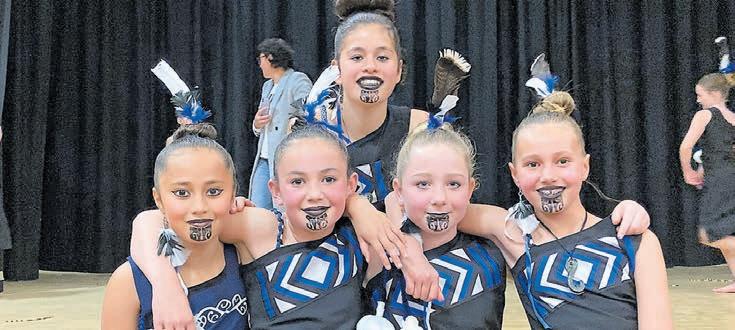
(6)
ACROSS: 1 One foot in the grave, 10 Trespass, 15 Scythe, 16 Indistinct, 17 Reporter, 19 Pendant, 21 Boxer, 22 Bluebells, 25 Barometer, 27 Measles, 29 Afraid, 33 Lager, 34 Punctual, 36 Needlework, 39 Ail, 41 Hideous, 42 Bursar, 43 Abacus, 44 Damp, 45 Parsnip, 48 Obliterate, 53 Trisect, 57 Navy, 58 Clasps, 59 Estate, 60 Blunder, 62 Spa, 64 Strengthen, 65 Chainsaw, 66 Liken, 69 Shaken, 70 Trinket, 71 Stretcher, 76 Dissected, 77 Audit, 78 Leather, 83 Milliner, 84 Anticlimax, 85 Bandit, 86 Condense, 87 Blowing hot and cold.
DOWN: 2 Nickel, 3 Fated, 4 Ode, 5 Iris, 6 Tadpole, 7 Easter, 8 Ruin, 9 Vocalist, 11 Reeked, 12 Shoplifter, 13 Alto, 14 Strayed, 18 Decelerate, 20 Noon, 23 Debut, 24 Sabotage, 26 Ageless, 28 Enlarge, 30 Patina, 31 Muesli, 32 Adjust, 35 Crumb, 37 Kaput, 38 Fuji, 40 Lava, 45 Pants, 46 Reversal, 47 Polite, 48 Obstetrics, 49 Less, 50 Treacle, 51 Ritual, 52 Titan, 54 Role, 55 Sunrise, 56 Clever, 61 Indecisive, 63 Cadet, 67 Internal, 68 Acre, 69 Seismic, 72 Triumph, 73 Assess, 74 Muslin, 75 Serial, 79 Tunic, 80 Clan, 81 View, 82 Exit, 85 Ban.













